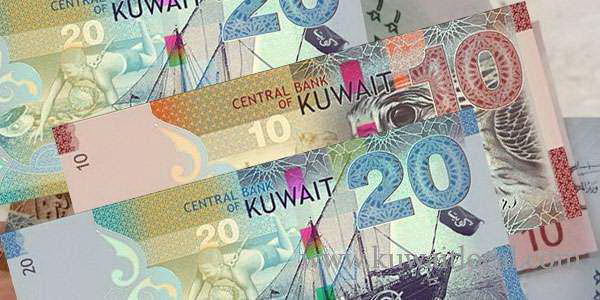The Kuwaiti Dinar retains its position as the strongest currency in the world in the latest listing of top-ten global currencies, by Forex.com, a leading online currency trading platform. Receiving over 80 percent of its global revenue from the oil industry, and with trade in this oil conducted in US dollars allows the country to have large reserves of US dollars to back their own currencies. Interestingly, the Kuwait dinar is not widely available for currency trading and even if it was, the stability of the currency makes trading the instrument a low-yield investment when factoring in fees and commissions.
The second strongest currency is the Bahraini Dinar (BHD). Bahrain, similar to Kuwait, is an exporter of crude oil. Other major exports include textiles and aluminum. Bahrain entered a free trade agreement with the US in 2006, and since 1986 the Bahraini dinar has been pegged to the US dollar at 2.652. That means a single US dollar equals 0.376 dinar.
In third place is the Omani Rial (OMR) with a single rial worth 2.60 US dollars. The rial was introduced in the 1970s and pegged to the US dollar in 1986. The significant jump in value between the fourth-place Jordanian dinar and the Omani rial is due to the country’s strong petroleum production. Sharing the tip of the Arabian Peninsula with Yemen, the country has ample access to the valuable natural resource.
Other countries whose currencies are ranked in the top-ten strongest currency list include in order of their descending strength, Jordanian Dinar (JOR), Pound Sterling (GBP), Gibraltar Pound (GIP), Cayman Islands Dollar (KYD), Swiss Franc (CHF), and the Euro (EUR) in ninth spot.
The United States Dollar (USD), which was indexed as the 10th strongest currency in the world, is both the world’s most traded currency and largest percentage of federal reserve currency around the globe. At number ten on this list, only nine currencies can have a single unit exchange for more than one dollar.
Due to its global dominance, the dollar is used to price many commodities such as oil and precious metals like gold and silver. It is also the most widely traded currency on the global foreign exchange market. USD is involved in 88 percent of all forex trades, according to the Bank of International Settlements.
A currency’s strength is determined by many factors including supply, demand, inflation and price changes over a long period of time, and the amount of foreign currency that can be exchanged for one unit of said currency. The US dollar is widely used as the fixed base currency because of its high utility across foreign markets and large reserves in foreign banks. In fact, US dollars make up over 60 percent of the world’s central bank reserves.
In forex trading, a currency’s strength is relative to another foreign currency in the given pair. The US dollar and the euro (EUR/USD forex pair) are the two currencies with the largest reserves around the world and therefore are among the most impactful currencies on the forex market.
Foreign exchange occurs around the strength of various currencies. This can be seen immediately in how currency pairs are displayed, with the stronger currency listed first and the weaker currency listed second. The spread is then calculated by the ever-changing strength of both currencies.
Source: Forex.com

